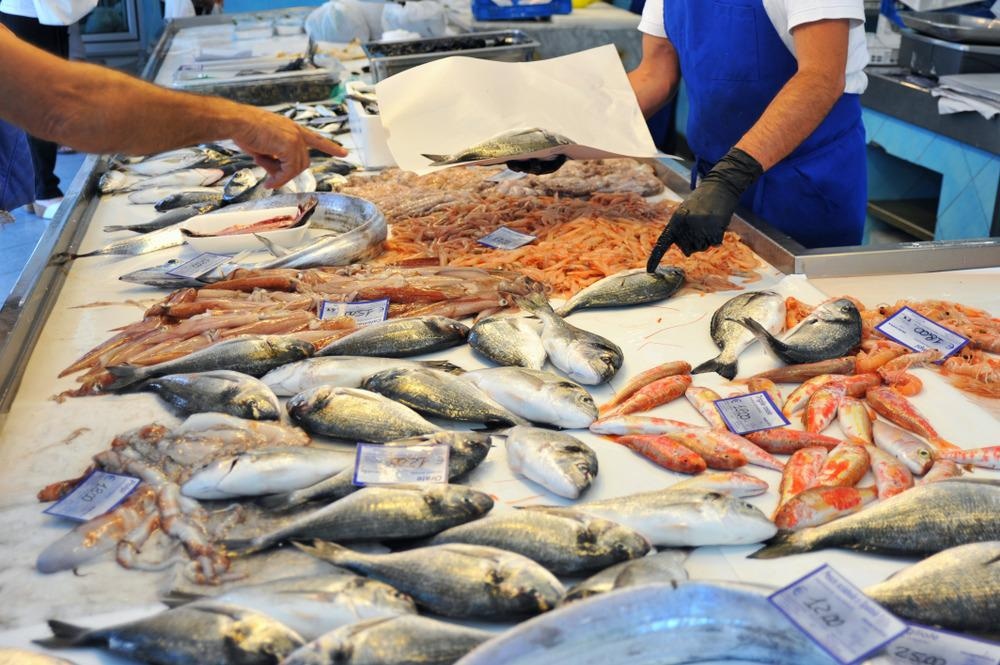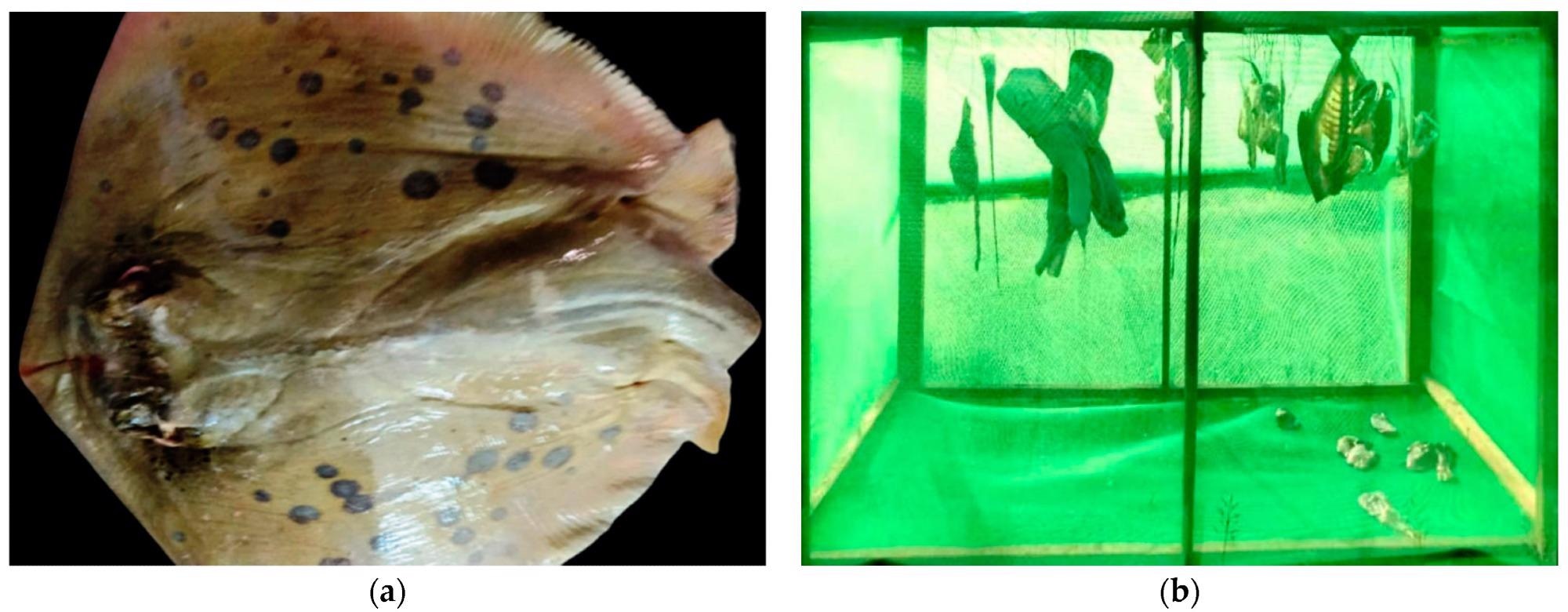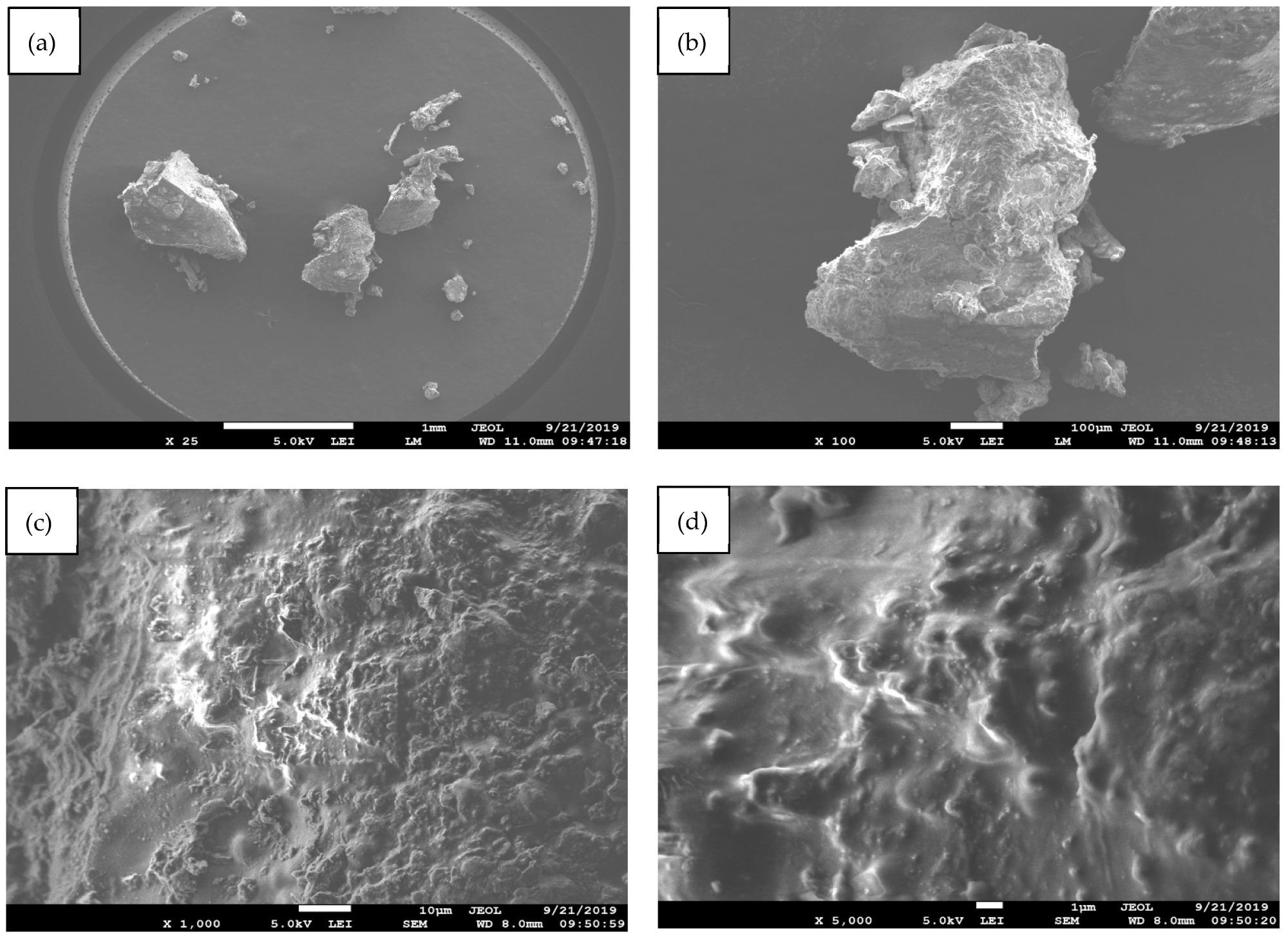Recently, a paper published in the journal Sustainability, reveals research that evaluates the potential of using fish processing waste for renewable energy feedstock.

Study: Evaluation of Thermochemical Characteristics and Pyrolysis of Fish Processing Waste for Renewable Energy Feedstock. Image Credit: klikkipetra/Shutterstock.com
In today’s world, the demand for energy is constantly on the rise as a result of increasing population and urbanization demands. While fossil fuels still dominate the main energy supply there is a demand for alternative, renewable energy sources to mitigate greenhouse gas emissions and combat the climate crisis.
Bioenergy is one of a number of diverse alternative energy resources that could contribute to meeting the growing global demand for energy. It is a form of renewable energy that derives plant or animal materials known as biomass which can be used to produce transportation fuels, heat, electricity, and other energy products.
“The production of bioenergy from fish waste can be an effective solution to minimize the waste by saving the environment,” explains the corresponding author of a new study, Professor Mohsen Sharifpur at the University of Pretoria.
Identifying Fish Waste as Bioenergy
Faced with increased energy demands and the need to reduce greenhouse gas emissions scientists, engineers, and researchers have been paying a lot of attention to biofuels and bioenergy as an alternative fuel. The idea is to generate sustainable fuel sources that can eventually replace a dependency on fossil fuel.

(a) Neotrygon kuhlii (bluespotted maskray) fish and (b) sun drying of fish wastes. Image Credit: Reza MS et al., Sustainability
“Biofuels are less-toxic, degradable, have a lower sulfur capacity, and produce renewable energy with minimum carbon dioxide and greenhouse gas emissions to the environment, says Sharifpur. While plants, agricultural residue, and industrial runoff can serve as sources of biofuel to generate bioenergy, animal waste is a particularly attractive feedstock.
Animal waste materials can generate renewable energy while at the same time preventing the leaching of hazardous wastes into the environment. Fish waste has been identified by Sharifpur and his team researchers as a suitable source of bioenergy production.
As the global demand for fish as a food source is ever-increasing, the fish processing industry produces waste levels across a broad range: 20-80% of wastage is being generated (depending on the species of fish). Most of this waste is either dumped on land or into the sea which can have detrimental environmental effects.
Therefore, finding a way to reuse the fish byproducts to create a sustainable fuel source by way of biochemical and thermochemical conversion processes could have the potential to produce bioenergy at a suitable scale.
Analysis of Feedstock
For the study, the researchers evaluated the waste generated from the processing of the blue-spotted stingray (Neotrygon kuhlii) and established that via pyrolysis – a technology that converts biomass to a liquid product – the processing waste could be a promising source of biofuel.
The proximate analysis of the feedstock postulated that the reduced moisture content, high volatile matter, and suitable fixed carbon contents are highly effective in generating the superior quality of biofuels
Professor Mohsen Sharifpur, University of Pretoria.
Using SEM (scanning electron microscopy) the team analyzed the feedstock and found that the greater calorific value of the fish waste meant it could be considered feasible as a renewable energy resource.
“It can be stated that the Neotrygon kuhlii fish wastes found in the Borneo region have the potential to be an effective source of renewable energy through the thermochemical conversion process to save landfills, ecology, and the environment,” says Sharifpur.
The team established that in the future, to further determine the viability of scaling the biofuel as a bioenergy source for application in the field, analysis of the chemical composition would be necessary.
However, what this research demonstrates is that biofuels and bioenergy could offer a clear route out of a dependency on fossil fuels to meet growing energy demands in today’s world.

SEM images of Neotrygon kuhlii fish waste for (a) 25×, (b) 100×, (c) 1000×, and (d) 5000×, resolutions. Image Credit: Reza MS et al., Sustainability
Bioenergy has the potential to supply clean energy as an equivalent to fossil-based fuels while facilitating the reuse of carbon from biomass and waste streams. Biopower can serve as a counterbalance and offset the need for carbon fuels burned in power plants, thus lowering the carbon intensity of electricity generation.
Unlike other forms of intermittent renewable energy, bioenergy can also enhance the flexibility of electricity generation as well as limit environmental damage from animal byproducts by converting waste into useful resources.
In a region like Borneo where the waste generated from the processing of the blue-spotted stingray has a detrimental impact on the surrounding environment, this research could offer an additional ecological benefit and mitigate human impacts.
References:
Reza MS, Azad AK, Abu Bakar MS, Karim MR, Sharifpur M, Taweekun J. Evaluation of Thermochemical Characteristics and Pyrolysis of Fish Processing Waste for Renewable Energy Feedstock. Sustainability. 2022; 14(3):1203. https://www.mdpi.com/2071-1050/14/3/1203
Disclaimer: The views expressed here are those of the author expressed in their private capacity and do not necessarily represent the views of AZoM.com Limited T/A AZoNetwork the owner and operator of this website. This disclaimer forms part of the Terms and conditions of use of this website.